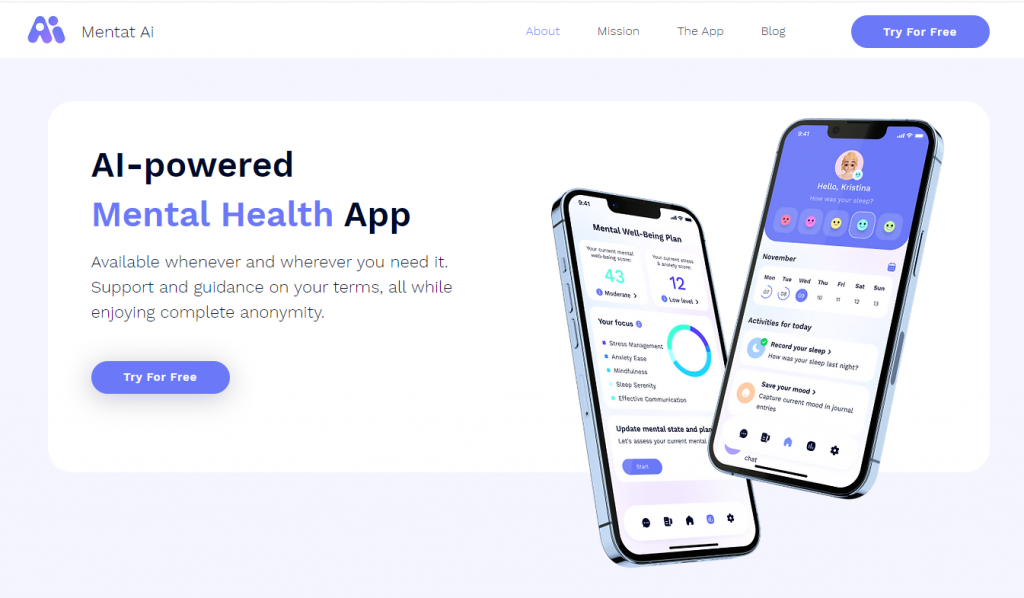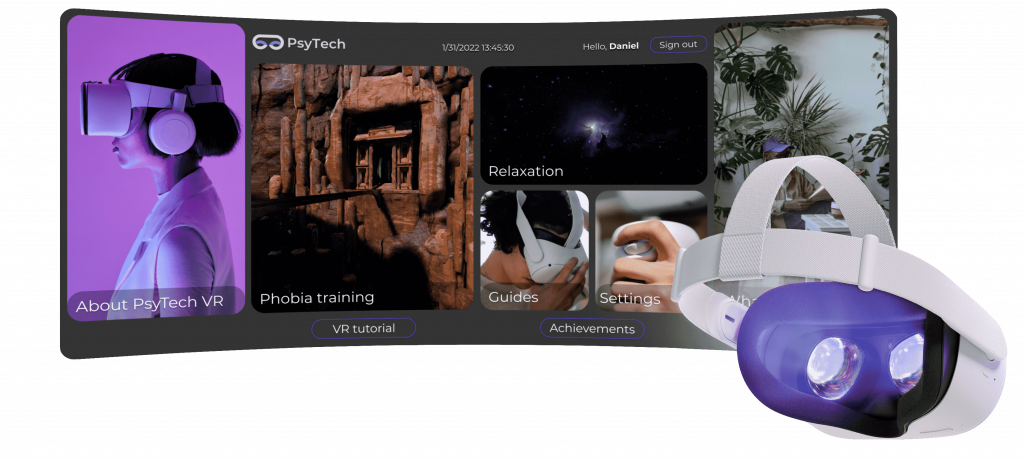As a person known for having absolutely terrible cooking skills and inventing disgusting food, I often have no idea what kind of meals I should make with the ingredients (they were bought at random at first) in my refrigerator. That is when I found out there are tools and websites enhanced by GenAI for people like me to avoid ‘kitchen disaster’.
In these websites, users can provide a concise sentence with information including the number of people the user is cooking for and what kind of ingredients the user has. After analyzing the input information, these AI tools will provide you with a result with ingredients the user will use and detailed procedures. If the user is not satisfied with the recipe generated, they can also modify the input request or give new additional information.

Graph 1 – The information I put in the website (Dishgen.com, n.d.)

Graph 2 – The recipe and procedures generated by the website (Dishgen.com, n.d.)

Graph 3 – How to input new information to modify the request (Dishgen.com, n.d.)
However, in my opinion, these GenAI websites still have some places for improvement. I will take the website called Dishgen as an example. The website can strengthen its focus on fitness enthusiasts and users with diseases, which is one of the ways to help them increase their interest in opening membership services. Fitness enthusiasts may have special needs for protein and carbon water intake, and even glycemic index. The website can help them achieve their goals by providing accurate nutritional data. People with disease may have to strictly control the intake of certain substances. For example, people with gout cannot eat high-purine foods. The website can also help them avoid foods that will aggravate their condition through customized recipes. In addition, Dishgen provides functions of generating AI photos of food and creating AI-based recipes for the premium membership targetting restaurant owners. However, I have doubts about these two functions and whether the pictures generated by the website based on GenAI technology can help restaurant owners attract customers. Current academic research shows that customers do not always have a positive attitude towards the pictures used by restaurants, and sometimes inappropriate food pictures can have a negative effect (Hou et al., 2017). For me personally, if I see a restaurant using AI-generated food pictures, I will have a negative preconception of the taste of the food.
In conclusion, I believe GenAI tools for recipe-generating websites like Dishgen are truly innovative but still need improvement somehow. Improving the accuracy of nutritional data and carefully providing images of food generated by AI could better suit user needs and increase engagement.
References:
Advanced AI Recipe Generator | DishGen. (n.d.). https://www.dishgen.com/create
Hou, Y., Yang, W., & Sun, Y. (2017). Do pictures help? The effects of pictures and food names on menu evaluations. International Journal of Hospitality Management, 60, 94-103.



